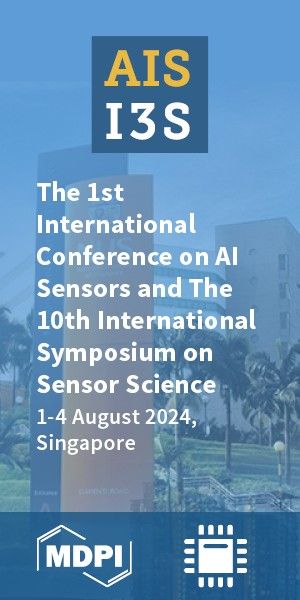Hemodialysis Procedures for Stable Incident and Prevalent Patients to Optimize Hemodynamic Stability, Dialysis Dose, Electrolytes, and Fluid Balance
How to cite: Stuard, S.; Ridel, C.; Cioffi, M.; Trost-Rupnik, A.; Gurevich, K.; Bojic, M.; Karibayev, Y.; Mohebbi, N.; Marcinkowski, W.; Kupres, V.; Maslovaric, J.; Antebi, A.; Ponce, P.; Nada, M.; Salvador, M.E.B.; Rosenberger, J.; Jirka, T.; Enden, K.; Novakivskyy, V.; Voiculescu, D.; Pachmann, M.; Arkossy, O. Hemodialysis Procedures for Stable Incident and Prevalent Patients to Optimize Hemodynamic Stability, Dialysis Dose, Electrolytes, and Fluid Balance. Preprints 2024, 2024041240. https://doi.org/10.20944/preprints202404.1240.v1 Stuard, S.; Ridel, C.; Cioffi, M.; Trost-Rupnik, A.; Gurevich, K.; Bojic, M.; Karibayev, Y.; Mohebbi, N.; Marcinkowski, W.; Kupres, V.; Maslovaric, J.; Antebi, A.; Ponce, P.; Nada, M.; Salvador, M.E.B.; Rosenberger, J.; Jirka, T.; Enden, K.; Novakivskyy, V.; Voiculescu, D.; Pachmann, M.; Arkossy, O. Hemodialysis Procedures for Stable Incident and Prevalent Patients to Optimize Hemodynamic Stability, Dialysis Dose, Electrolytes, and Fluid Balance. Preprints 2024, 2024041240. https://doi.org/10.20944/preprints202404.1240.v1
Abstract
Keywords
Subject
Copyright: This is an open access article distributed under the Creative Commons Attribution License which permits unrestricted use, distribution, and reproduction in any medium, provided the original work is properly cited.
Comments (0)
We encourage comments and feedback from a broad range of readers. See criteria for comments and our Diversity statement.
Leave a public commentSend a private comment to the author(s)








